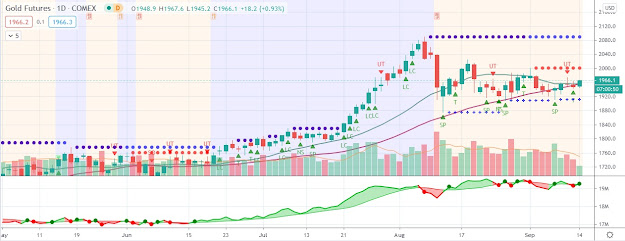A “sterilized” form of QE is unlikely to have a significant impact on the price of gold
The gold price advanced $10.86, or 0.6%, to $1,696.05 per ounce Thursday morning amid U.S. dollar weakness and a disappointing report on the U.S. labor market. The price of gold climbed to as high as $1,704 in overnight trading while the U.S. Dollar Index slid 0.4% to 79.370. Weekly jobless claims came in at 362,000 – above the 352,000 consensus estimate among economists. U.S. equity markets shrugged off the data, however, as the Dow Jones Industrial Average (DJIA) rose 0.6% to 12,907.90.
Yesterday’s gold price strength was driven by a report from the Wall Street Journal that the Federal Reserve is contemplating alternative methods of monetary policy easing. As opposed to its traditional quantitative easing (QE) measures, the WSJ reported that “The Fed could print money to buy long-term bonds, but restrict how investors and banks use that money by employing new market tools they have designed to better manage cash sloshing around in the financial system. This is known as ‘sterilized’ QE.”
The WSJ went on to say that “The Fed would print new money to buy long-term mortgage or Treasury bonds but effectively tie up that money by borrowing it back for short periods at low rates. The aim of such an approach would be to relieve anxieties that money printing could fuel inflation later, a fear widely expressed by critics of the Fed’s previous efforts to aid the recovery.”
As for the gold price, the implications of the proposed Fed measures are quite clear. If, as the aforementioned strategists suggest, the Fed is seeking to provide greater stimulus and launch a third round of money printing, the yellow metal is likely to benefit. Alternatively, if the Fed is merely looking to alter the components of its balance sheet, a “sterilized” form of QE is unlikely to have a significant impact on the price of gold.
Yesterday’s gold price strength was driven by a report from the Wall Street Journal that the Federal Reserve is contemplating alternative methods of monetary policy easing. As opposed to its traditional quantitative easing (QE) measures, the WSJ reported that “The Fed could print money to buy long-term bonds, but restrict how investors and banks use that money by employing new market tools they have designed to better manage cash sloshing around in the financial system. This is known as ‘sterilized’ QE.”
The WSJ went on to say that “The Fed would print new money to buy long-term mortgage or Treasury bonds but effectively tie up that money by borrowing it back for short periods at low rates. The aim of such an approach would be to relieve anxieties that money printing could fuel inflation later, a fear widely expressed by critics of the Fed’s previous efforts to aid the recovery.”
As for the gold price, the implications of the proposed Fed measures are quite clear. If, as the aforementioned strategists suggest, the Fed is seeking to provide greater stimulus and launch a third round of money printing, the yellow metal is likely to benefit. Alternatively, if the Fed is merely looking to alter the components of its balance sheet, a “sterilized” form of QE is unlikely to have a significant impact on the price of gold.




Comments
Post a Comment